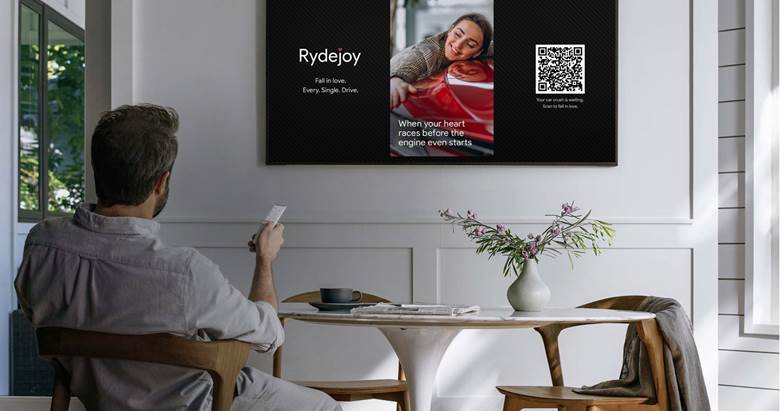Managing Video Workflows Webcast Q&A
The following questions were submitted by participants during the Q&A portion of Broadcast Engineering's recent webcast "Managing Video Workflows in an IT-based Envioronment." We were unable to answer these questions completely during the Q&A. The sponsor, Telestream, reviewed them, and offered the following response.
Question: Is it possible today to rely entirely in a file-based quality assurance tools or are the hardware-based QA systems still mandatory in some phases of a workflow?
Answer: File-based QC is largely at the mercy of the underlying file format, and worse at the mercy of conversions between formats. For example, converting from a “good” format may introduce issues during conversion. Unless QC supports the final file format, it’s just testing an intermediate video.
Telestream’s new Vantage workflow product supports virtually every file format out there, which means you can QC the final file without having to worry about a conversion after the QC is done. However, different playout devices may introduce their own issues as they convert the file into a signal, so signal-based QC does still have value in some operations. Further, file-based QA can analyze the video files and actual video/audio but they cannot ensure that downstream transmission is occurring correctly. If QC is needed for a live signal, while the signal is active, then file-based QC will not work.
Question: SOA is on everyone's mind these days. Can SOA be done "on a budget?"
Answer: SOA is a term with various meanings depending upon who is saying it. However, it is possible to use a middleware layer that relies upon Web services to coordinate tasks. This is a common definition of moving an operation to a “services-oriented architecture.” The challenge is that different middleware layers are built for different types of tasks and processes. In fact, some software may act as both middleware and as a service provider.
For example, Telestream’s new Vantage workflow product is an example of software that can act as a middleware layer, can use external Web service APIs, and which is designed specifically to manage content-driven processes. Other middleware solutions that are related to customer management, or task management, also exist that can interact with Vantage as needed.
In terms of doing SOA “on a budget,” the answer depends upon the video operations in question and the needs of the organization. Vantage offers a cost-effective way to automate content-centric workflows, however, it will not handle larger process requirements such as editor task management or order management, and relies upon external systems for this. Similarly, some large-scale SOA middleware solutions are simply incapable of handling 24/7 streaming or some of the other nontransactional workflows (such as transcoding files during capture, or allowing event triggering based upon timecode) that are common in video.
The professional video industry's #1 source for news, trends and product and tech information. Sign up below.
